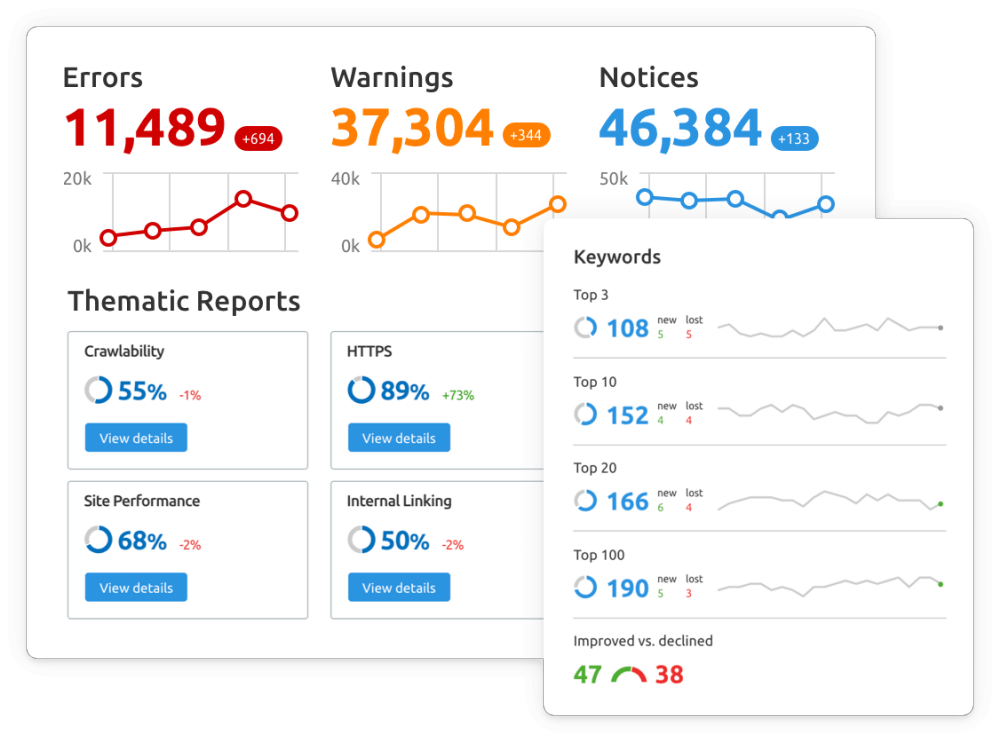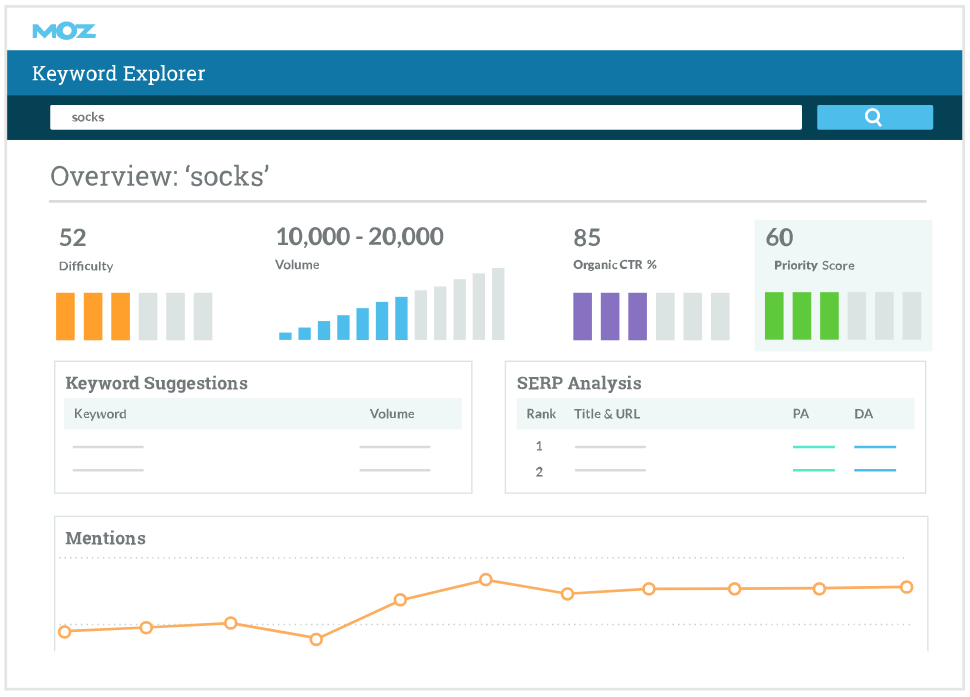Calculated fields are a game-changing feature that allows users to perform automatic computations using data from other fields in the same project. By eliminating the need for manual calculations, they help streamline workflows and prevent errors.
Bridge24 offers Asana, Basecamp, and Trello users six calculated fields that can be used in various views, such as grids, charts, reports, and exports. These calculated fields are versatile and enable users to perform a range of tasks, from data aggregation to computing averages and other types of calculations. By using calculated fields, users can quickly gain valuable insights from their project data and make data-driven decisions.

- Age (days): This calculated field shows the number of days that have passed since a task was created. We compute this value using the “Created At” field and the current date.
- Completion (days): This field displays the number of days it took to complete a task from its creation date. We calculate this value by subtracting the “Created At” field from the “Completed At” field.
- Completed Late: This field indicates whether a task was completed on time. We determine the value by comparing the “Completed At” and “Due Date” fields. If the “Completed At” value is later than the “Due Date”, the task was completed late.
- Completed Late (days): This calculated field shows the number of days that a task was completed late or in advance of its due date. We compute this value using the “Completed At” and “Due Date” fields. For example, if a task was originally due in 5 days but was completed in 8 days, the Completed Late field would display “+3” to indicate that it was completed late.
- Attachments (number): This field displays the total number of files or documents that are attached to a particular task. Sorting by this field can help identify tasks that have attachments.
- Comments (number): This field displays the total number of comments that are associated with a particular task. Sorting by this field can help identify tasks that have comments.
Completed Late Use Case
The Completed Late field is a valuable tool for tracking the number of days that a task is completed after its scheduled completion date. Here are some ways in which this field can be used:
- Identifying potential issues: By using the Completed Late field, project managers can quickly identify tasks that are consistently completed late. They can take corrective action, such as reallocating resources or adjusting task priorities, to improve the project schedule and prevent further delays.
- Assessing team performance: The Completed Late field can be used to evaluate the performance of team members in completing tasks on time. This can help project managers identify areas where team members need additional training or support.
- Adjusting project timelines: Project managers can review the Completed Late field to adjust the project timeline or reschedule tasks to ensure that future tasks are not completed late.
- Communicating with stakeholders: The Completed Late field can be used to communicate with stakeholders about the project’s progress and manage expectations about the delivery of project milestones. By providing stakeholders with accurate and up-to-date information, project managers can build trust and confidence in the project.
- Analyzing project data: The Completed Late field can be used to analyze project data and identify trends or areas for improvement in the project planning and scheduling process. By using data-driven insights, project managers can optimize project outcomes and make more informed decisions.
By using the Completed Late field in these ways, project managers can gain valuable insights into the status of their projects, improve team performance, and ensure that tasks are completed on time and within budget.
Age Use Case
The Age field allows project managers to track the amount of time that a task has been active since its creation. Here are some ways in which the Age field can be used:
- Task prioritization: By using the Age field, project managers can prioritize tasks that have been active for a longer period. This can help identify tasks that are at risk of being delayed or that require urgent attention.
- Tracking task progress: The Age field can be used to track the progress of individual tasks by providing a snapshot of how long each task has been active or waiting for action. This can help project managers ensure that tasks are moving forward and identify potential bottlenecks.
- Resource allocation: The Age field can be used to allocate resources to tasks based on their level of activity. For example, tasks that have been active for a longer period may require more attention from team members or additional resources to complete.
- Reporting: The Age field can be used to create reports that show how long tasks have been active or waiting for action. This can help project managers communicate the project’s status to stakeholders and provide updates on task progress.
By using the Age field in these ways, project managers can gain valuable insights into the status of their projects, ensure that tasks are completed on time, and optimize resource allocation. They can also communicate project status and progress to stakeholders effectively and make data-driven decisions to optimize project outcomes.
Conclusion
In conclusion, calculated fields are a powerful feature that automates calculations based on data from other fields in a project. They eliminate manual calculations, streamline workflows, and provide valuable insights into project data.
Using calculated fields, project managers can quickly identify potential issues, assess team performance, adjust project timelines, communicate with stakeholders, and analyze project data. By taking advantage of these many benefits, project managers can optimize project outcomes, increase efficiency, and drive project success. Calculated fields are an essential tool for project managers who want to make data-driven decisions, ensure timely project completion, and maintain a high level of productivity.





